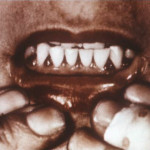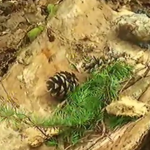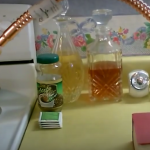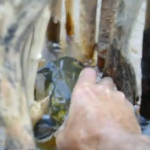Fire-roasted fish is one of the most delicious ways to cook your catch out in the field. However, there are some things that you can do to make the process easier and more efficient. Let’s look at a few things that can help you to turn your next catch into a meal with minimal effort while reducing the amount of time that it takes to cook.
Preparing the Fish and Skewer
The first step is to kill the fish quickly and humanely as soon as possible after catching. This will not only minimize its suffering, but it can also improve the taste of the fish once it has been cooked as well. Under normal circumstances, all you need to do is chop off the head. However, for cooking fish on a stick, you need to keep the fish intact. The best way to kill the fish is to give it a good whack over the head with a thick stick. Cracking the skull with a good blow will kill it instantly in most cases and prevent it from squirming as you prepare it for the fire.
The next step is to find appropriate branches to use as a skewer. A general rule of thumb is that you should use a sturdy branch that is around three feet long and about the diameter of your finger. Whittle away the bark or outer skin of the wood in order to remove any debris, dirt or other contaminants that can be transferred to the fish during cooking. Whittle one end so that it becomes pointed and make sure that any side branches or other protrusions have been shaved off.
You may also want to find two thin branches that are about 6-8 inches long that can act as support beams to prevent the fish from rolling from side to side while cooking. Strip them of their bark and skin as well.
Gutting the Fish

The most efficient way to gut a fish is to take your fillet or survival knife and make a cut along its underside from the anus to just below the head. Make sure that you cut deep enough to penetrate the skin and lining that forms the cavity that contains the organs. However, try to avoid cutting too deeply and damaging the organs. This will make their removal more difficult, messy and time consuming.
Hold the fish, belly side up, with your non-dominant hand so that it’s head and upper body is positioned just above the web between your thumb and forefinger. Gently apply pressure to hold the fish in place while also pulling outward in order to widen the gap caused by the gash that you made in the previous step.
Take your index and middle fingers on your dominant hand and dig into the cavity of the fish along the edge of the cut you made above the anus. Press forward along the underside of the top of the cavity in a scooping motion. This should loosen all of the organs and push them forward and out in one single motion as you move your way to the head. Dispose of the organs by tossing them far from your campsite or burning them in the fire. This will minimize the smell as well as help to avoid attracting the attention of critters who are on the hunt for an easy meal.

Run your fingers through the cavity to ensure that you’ve removed all of the organs and wash out the fish if desired. Keep in mind that washing the fish is not necessary since the heat from the fire will eliminate contaminants as long as the fish is thoroughly cooked.
Skewering the Fish
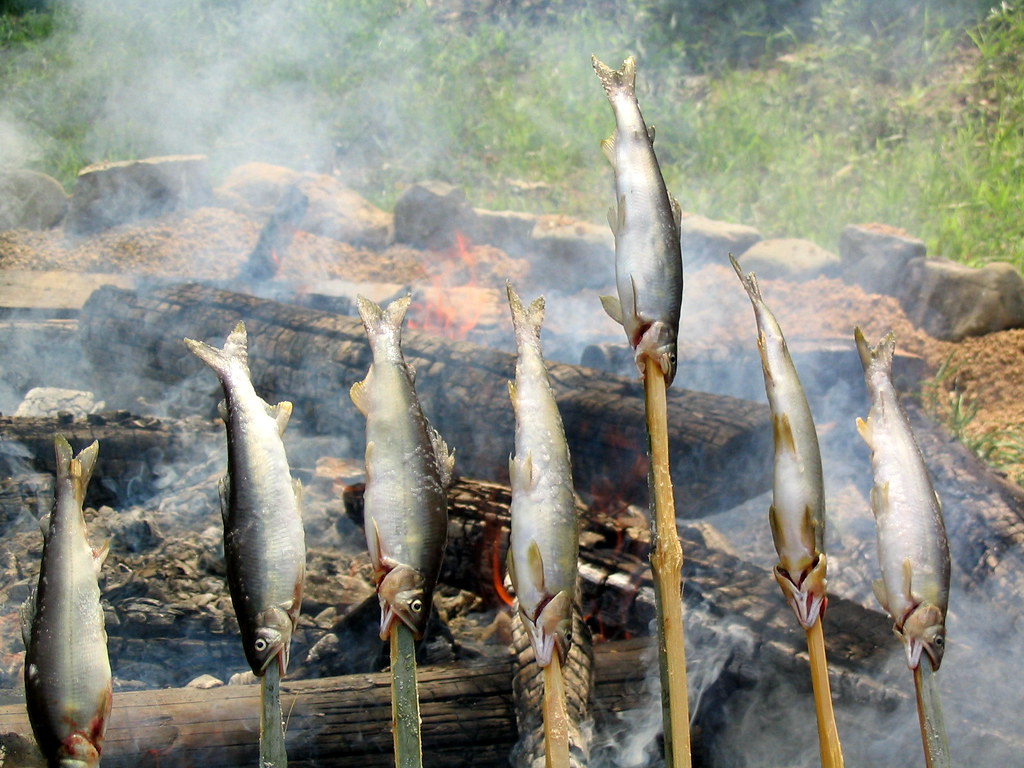
Take the non-pointed end of the stick and place it on a firm surface while holding the center with your hand. Put the fish on top of the stick so the stick rests along the underside of the top of the cavity. Jam the stick through the head of the fish so the pointed end protrudes through the mouth. You can move the fish up or down the skewer depending on how you want to place it over the fire. The important thing is that you have enough stick protruding from either end of the fish to anchor it in place.
You can now take the smaller sticks and insert them from one side of the fish through the other in the front and back. Place one stick through the gills and the other one through the rear section of the fish so both rest just below the skewer. This will anchor it in place and allow you to rotate the fish as needed while it cooks without slipping.
Now all you need to do is start your fire, cook the fish and rotate it so that the meat heats evenly. Try it for yourself and see how this method can eliminate the need to create a grate or plate for cooking. It will also help you to avoid the need to roast the fish like a hot dog, freeing up your hands to do other things while you are cooking as well.





